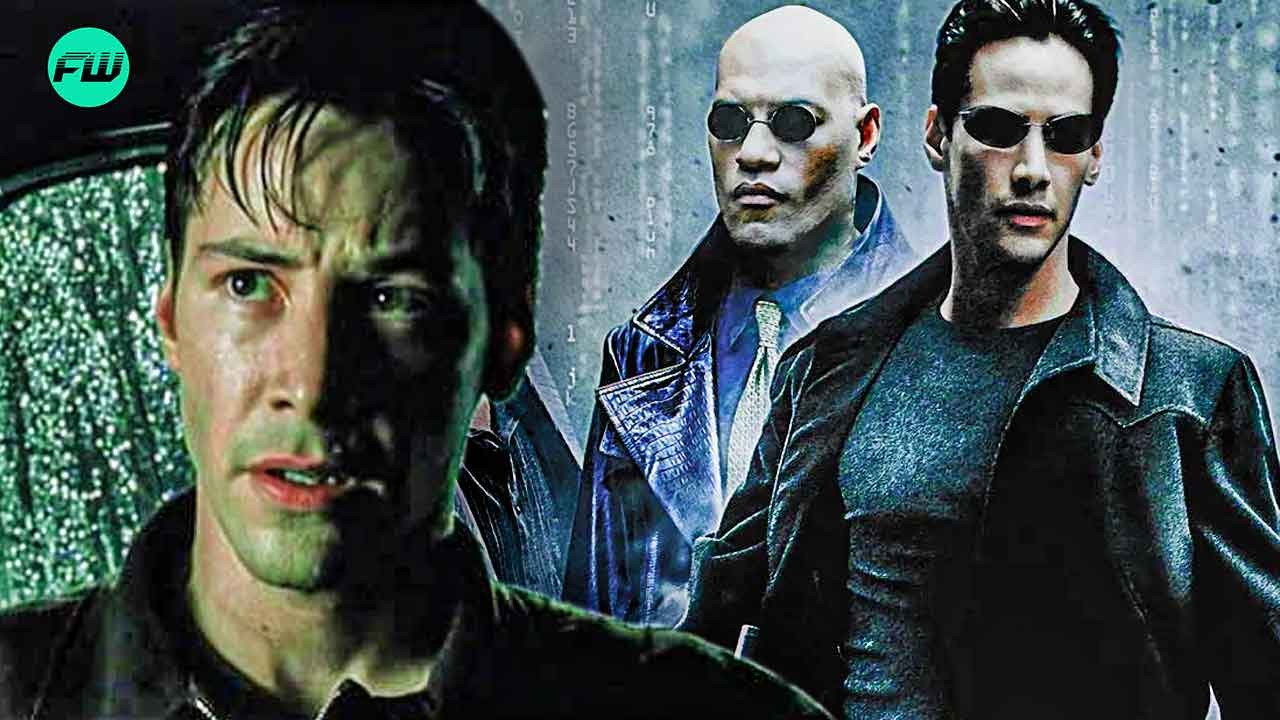The Matrix introduced a new world order all on its own but the film also created a safe space for inclusivity without the subject being force-fed to the fans

SUMMARY
The Matrix stands as a trans allegory by showing a world divided by two identities – one that was assigned and one that can be chosen
Lilly Wachowski admits her intention was not to force inclusivity into the film’s plot during its production
Forced diversity in modern film and television is causing more harm than good to the reputation of current Hollywood
The influence of Keanu Reeves’ legacy film The Matrix is insurmountable in its degree – be it of relevance or pop culture identity.
The film eschewed the generic tropes of action movies and added a blend of martial arts with high-scope science fiction to make something inherently unique.
The product then created by the merger of Lilly and Lana Wachowski’s imagination continues to subvert audience expectations to date and essentially prove its worth in modern society.
![The Matrix [Credit: Warner Bros.]](https://fwmedia.fandomwire.com/wp-content/uploads/2024/04/16085158/The-Matrix-Credit-Warner-Bros.jpeg) The Matrix [Credit: Warner Bros.]
The Matrix [Credit: Warner Bros.]
However, the very reasons that made The Matrix such a beloved addition to the public consciousness are the same reasons that laid waste to the recent culture in film and television.
While The Matrix integrates a trans identity in the film’s very core, the rest of Hollywood trips over its own two feet trying to force diversity and inclusivity in its plot and narrative.The Matrix Director Discusses the Film’s Trans Allegory
![Belinda McClory as Switch in The Matrix [Credit- Warner Bros.]](https://fwmedia.fandomwire.com/wp-content/uploads/2024/04/16094333/Belinda-McClory-as-Switch-in-The-Matrix-Credit-Warner-Bros.jpg) Belinda McClory as Switch in The Matrix [Credit: Warner Bros.]
Belinda McClory as Switch in The Matrix [Credit: Warner Bros.]
During the time of its conception and eventual release, The Matrix directors were both closeted trans artists with a vision to dictate upon the screen.
With the devices available to them, the sci-fi game-changer was born that shed all pretense of make-believe and dove into the subjects of reality and simulation.
In fact, the subject became so intertwined with the audience’s own frail view of reality that the idea of a simulation didn’t seem too much of a big leap to believe.However, when it came to the ingrained trans allegory in the film, that aspect of the plot is too subtle for the audience to understand at first glance.
Over the years, however, conversations in chat rooms and fan circles on social media have brought the issue to the surface due to one character called Switch. Lilly Wachowski recalls in an interview with Them:
“The question they asked me was about Switch, who was originally written as a trans character who was male in the real world and female in the matrix.
And they took that response and attached the question that everyone now references that it’s a trans allegory.
And so it was slightly out of context, but I don’t sit here and put a stink up about it, because it is a trans allegory in that it was written by two closeted trans women. And so all of the things that are in it are super-duper trans.
The idea of transformation, even the whole “My name is Neo, Mr. Anderson —” that idea of claiming identity, it’s undeniable.
Yeah, with all the decisions we made with that film, there’s just this burbling transness simmering below everything.
So when I look back at the way that we cast those two parts, I can see how obvious it is that they’re one part in a lot of ways; that they’re two sides of the same coin.
It’s not like these were conscious decisions, but more like we’re finding our way instinctively as these two closeted trans women.
So all those things that your receptors are buzzing about are completely valid. When people say, “Oh, it’s a trans allegory,” it’s like, “Yeah… it is, but we weren’t like, Hey, let’s write a trans allegory.”
That’s not how it started. We were like, “Hey, let’s write this action film,” and then we got our trans all over it.”
Just as Neo sheds his given identity by the end of The Matrix to accept his chosen one, Lilly Wachowski transfers a hint of her own identity into the film alongside her sister, Lana Wachowski.
The Dilemma With Inclusivity in Modern Film & Television
![Ghostbusters [Credit: Sony Pictures Entertainment]](https://fwmedia.fandomwire.com/wp-content/uploads/2024/04/16085150/Ghostbusters-Credit-Sony-Pictures-Entertainment.jpg) Ghostbusters [Credit: Sony Pictures Entertainment]
Ghostbusters [Credit: Sony Pictures Entertainment]
Be it historical drama or modernist adaptations, forced diversity never helped a production.
The problem with such a subject is the sentiments of a larger fanbase being sacrificed for the sake of generating a conversation.
The 2016 reboot of Ghostbusters does that by forsaking the format of the established classic to produce a generic female-led remake and thinking it would be a success simply because it’s progressive.
Such a film draws away attention from its underdeveloped plot and bland characters and puts the audience in a box – afraid to criticize the remake out of fear of being policed as sexist or racist.Often, the audience is left with no choice but to feel hostile towards a lackluster protagonist with no other purpose to serve when their entire identity becomes “I am female” or “I am trans” or “I am black” to push for a political agenda.
Such an amateur mistake could be easily avoided if one only stopped paying attention to skin-deep diversity or generic inclusion.
Instead of forsaking the plot to force-feed pertinent issues on gender and sexual identity, one needs to introduce diverse, inclusive characters worth telling a story about.
Series like Brooklyn Nine-Nine and The Boys hardly suffer from criticism because they include great character development with good dialogue and storylines that serve to entertain the audience.